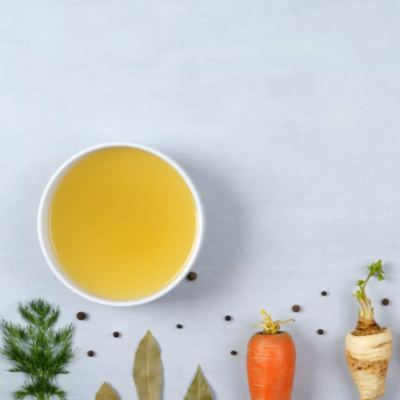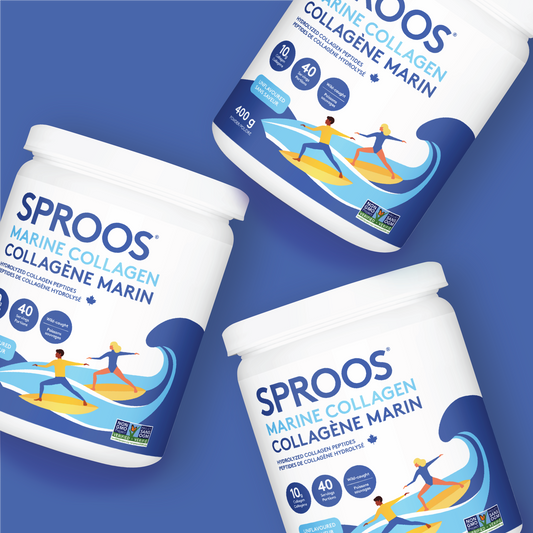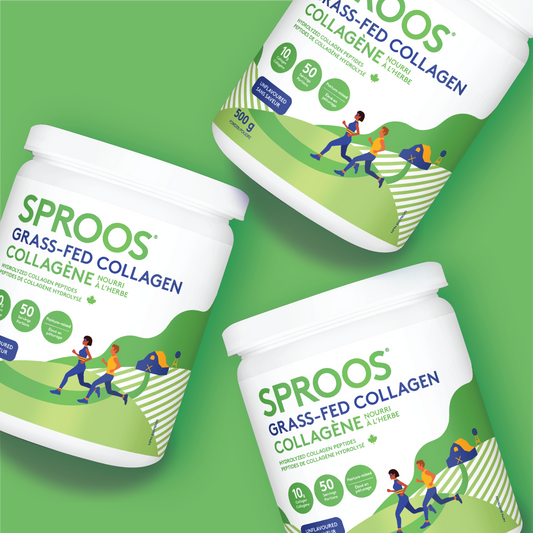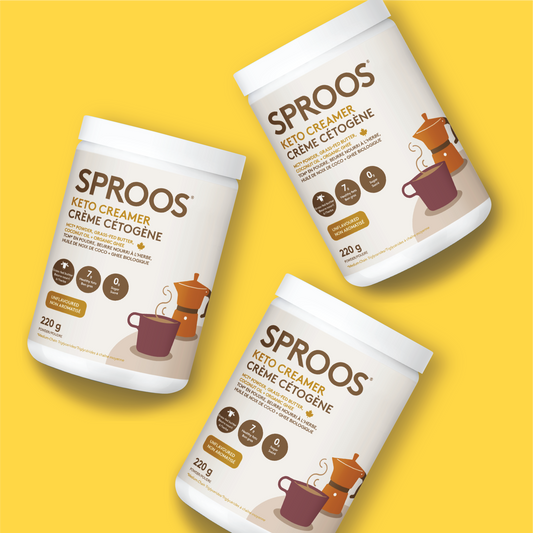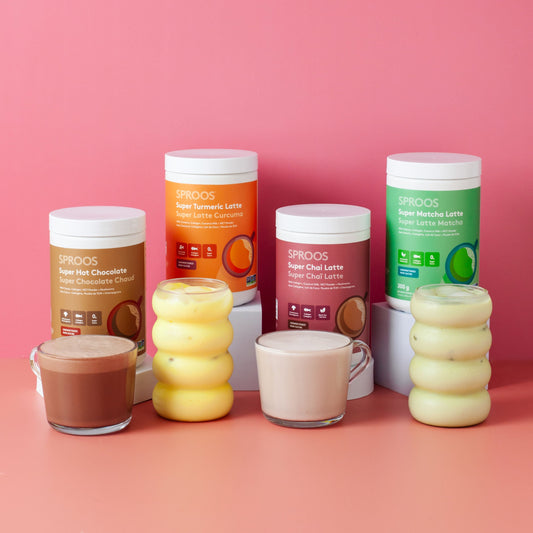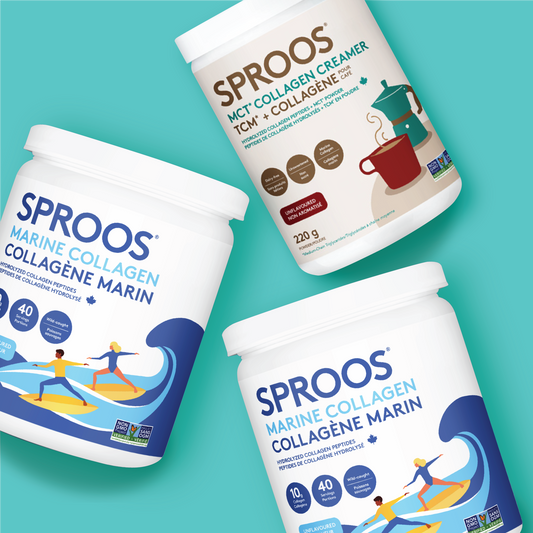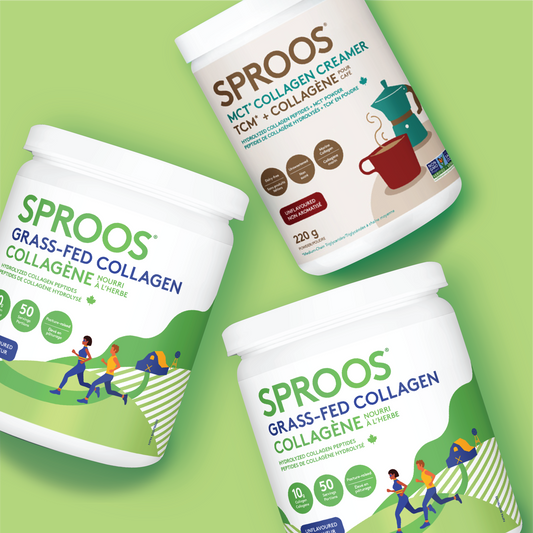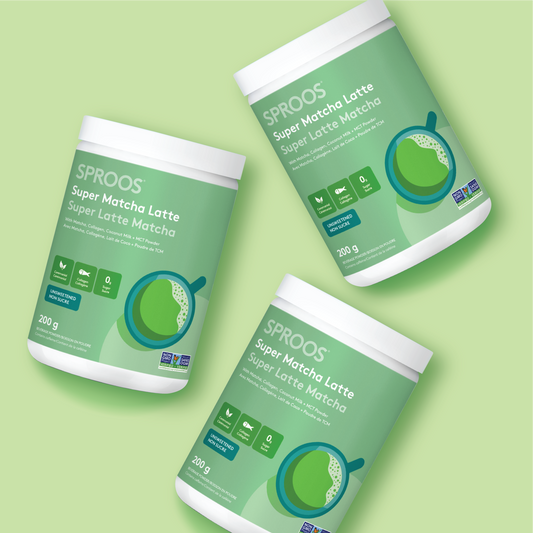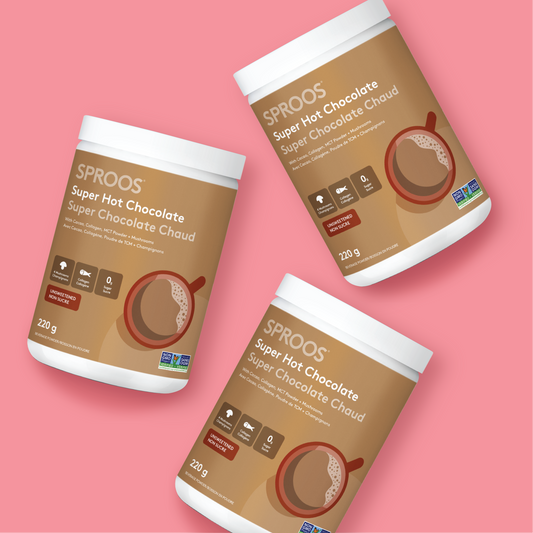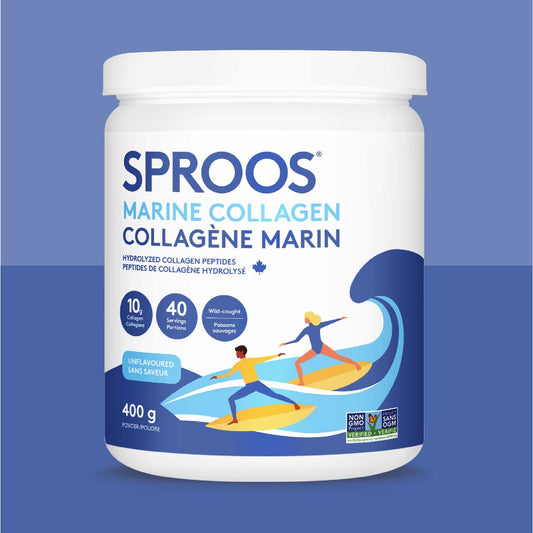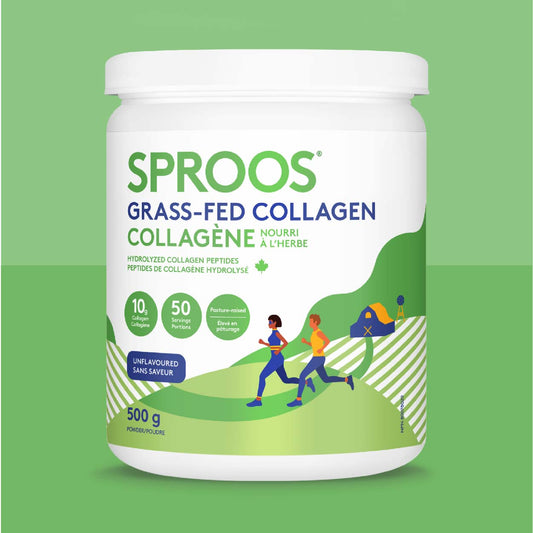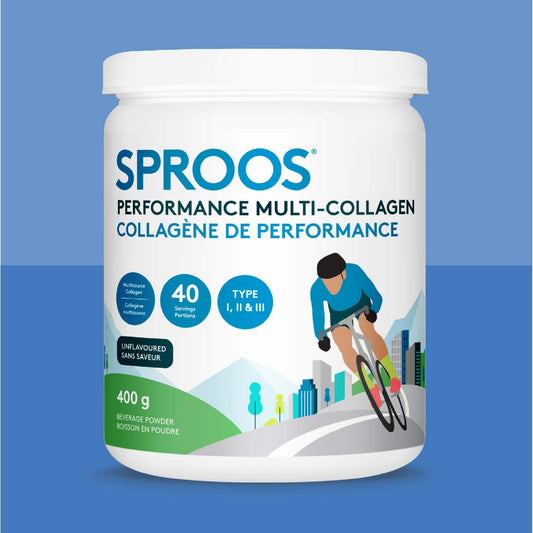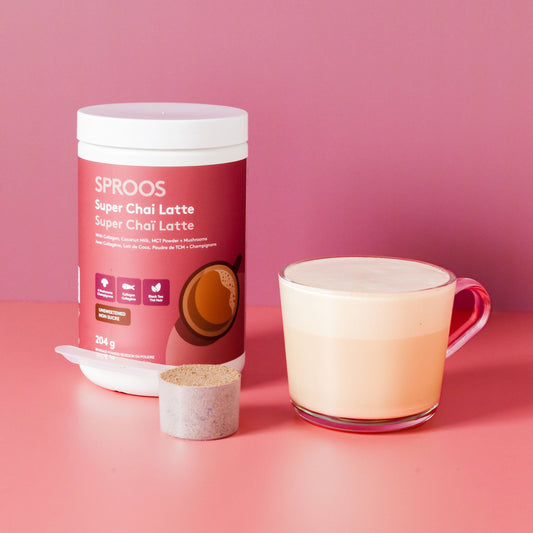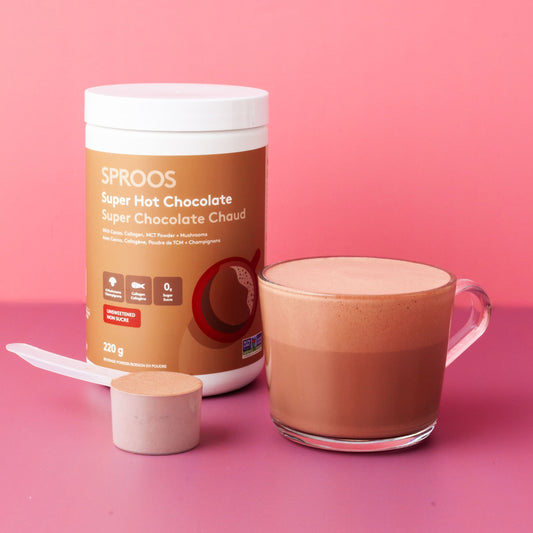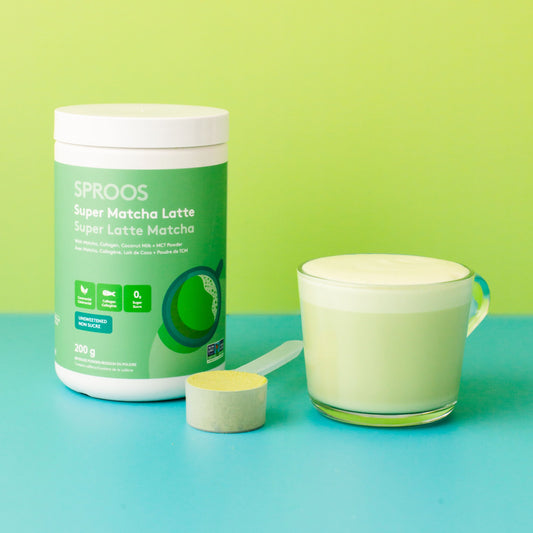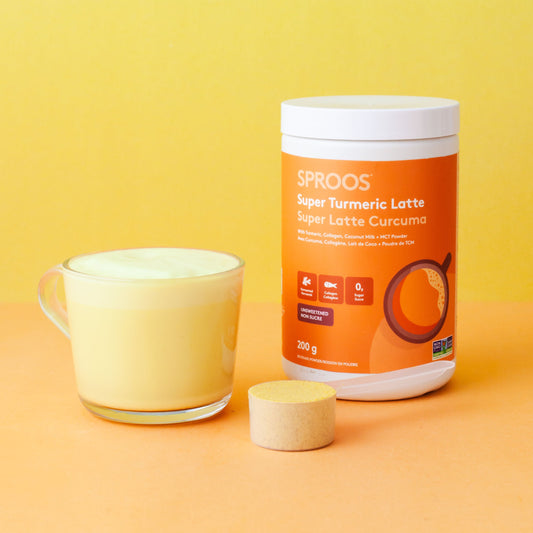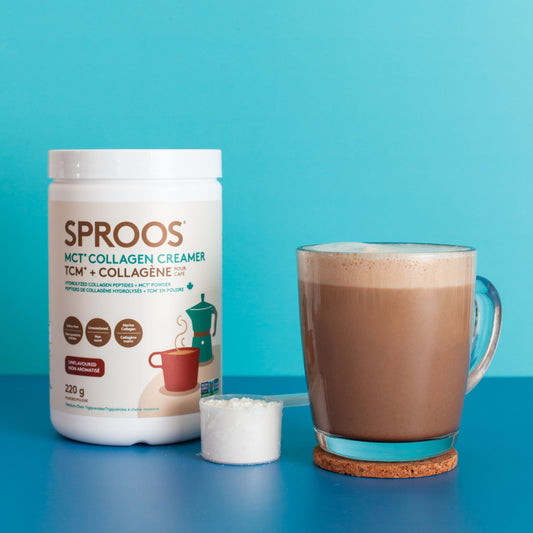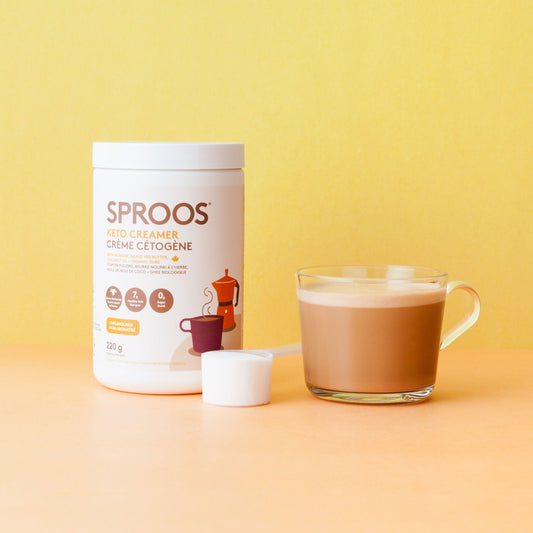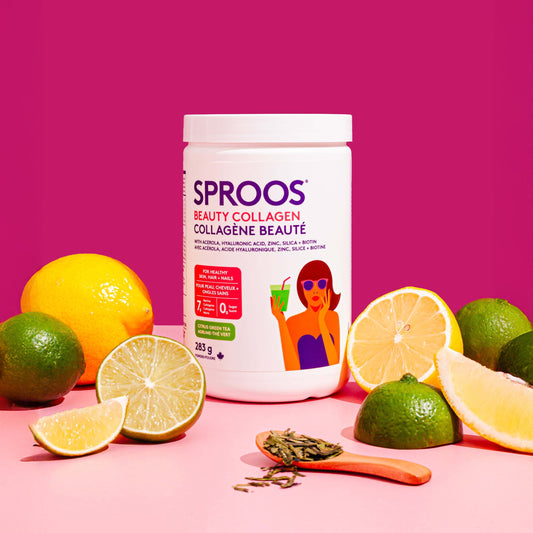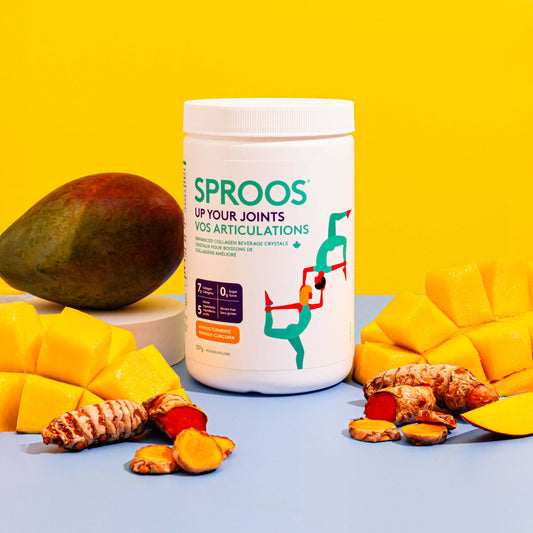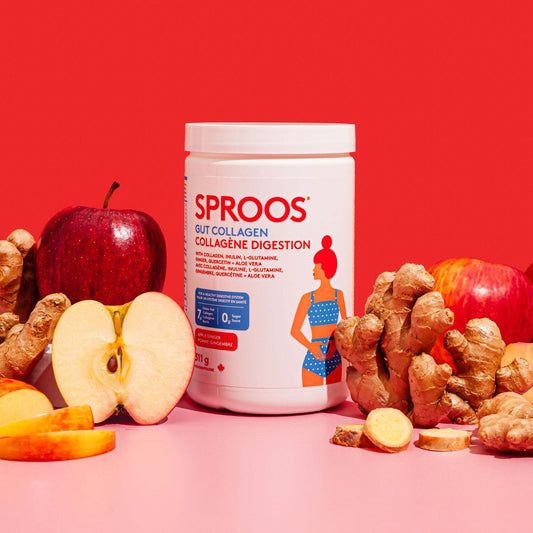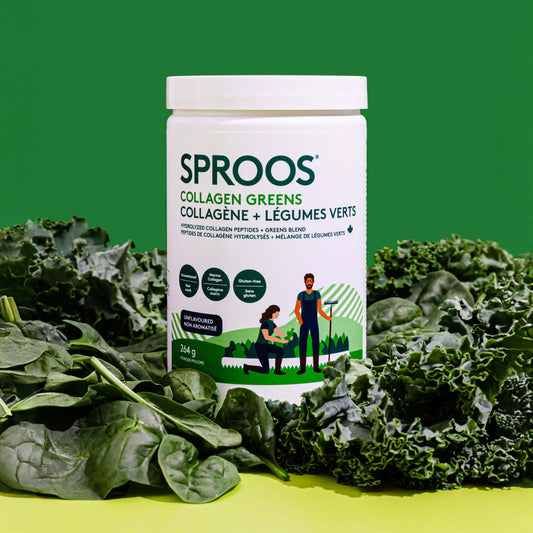To answer these questions, we must look at three key differences between bone broth and collagen:
- What they are
- How they're made
- Their nutrient profiles
- Nutrition bioavailability and absorption
How They're Made: Let's begin with how bone broth and collagen are made
While bone broth and collagen definitely have similarities, they are actually made quite differently. Bone broth is made by simmering animal bones and connective tissues in water over a lengthy cooking time. This process extracts nutrients (including gelatin) from the bones so that they become part of a broth that you'll eventually enjoy and reap the benefits of. Collagen, on the other hand, is made by breaking down the hides, skin and scales of animals or fish, using water and heat to make gelatin. From there, an enzyme is added to break down the gelatin into collagen peptides. Collagen peptides are a more bioavailable and concentrated form of gelatin.Nutrient Profile
Bone broth is rich in a variety of tissue-supporting amino acids, but those in bone broth come specifically from the bones and connective tissues of the animals. Bone broth also contains minerals such as magnesium, phosphorus, potassium, calcium, manganese, zinc and sodium. Contrary to popular belief, bone broth does not contain collagen peptides. Although it does contain a wide variety of collagen-specific amino acids in the form of gelatin (the precursor to collagen peptides). However, as stated in this study here, bone broth is unlikely to provide reliable concentrations of collagen compared with supplemental sources of collagen. So while bone broth has some wonderful qualities, don't assume it is providing you with the source of collagen you might be after. Collagen or collagen peptides on the other hand, are a much more focused substance that contains only collagen peptides, in a significantly more bioavailable form. Because of the smaller size of the molecules compared to gelatin, collagen peptides are easier for the body to absorb and use than gelatin in its natural state. It is also a much more concentrated form of collagen. You would have to drink a lot of gelatin-rich bone broth to get the collagen that you do in a 10 gram serving of collagen peptides. Collagen peptides contain a wide amino acid profile that is beneficial in supporting skin, hair, bones, joints and digestion in a form that is easy to consume and easy for your body to use. When you consume Sproos collagen peptides, you can feel confident knowing that you are getting 10 grams of highly bioavailable and absorbable collagen peptides in each serving, whereas that cannot be promised in the case of bone broth.Bioavailability
Delving deeper into the bioavailability question, bone broth contains a variety of nutrients beyond the amino acids found in gelatin which all work synergistically with each other. When our immune system is needing support, or your overall health needs a boost, bone broth is a worthy tonic. When you are looking specifically for targeted support of skin, hair, gut or bone and joints, a collagen peptide supplement is your best bet since it is more concentrated and bioavailable. So ultimately, take whichever one fits your goals, or, even better, include both as a regular addition to your diet. As we move into the colder season and immunity becomes more of an issue, bone broth may be something you want to try making as a way to support your immunity. This is definitely worth doing, but, we suggest you upscale your bone broth to ensure you are also getting a reliable source of collagen peptides all in one. Might as well cover all your bases! The simplest way to do this? Include Sproos Collagen Peptides as an ingredient in your broth! Our nutrient-rich broth recipe uses both chicken or turkey bones and vegetables plus collagen peptides. We prefer chicken or turkey bones over other types of animal bones because they makes a delicious tasting broth and also because it will provide a different amino acid profile than is in our powdered collagen options which are either bovine (beef) or marine (made from fish), thus providing a complimentary addition to your diet. Vegetables are not always included as ingredients in bone broth recipes but enriching broth with veggies such as carrots, onions, garlic and celery is going to be to your benefit, especially if the goal is supporting the immune system. Most importantly, when sourcing ingredients, choose organic for the vegetables you are using and bones from pasture raised or organic chickens or turkeys. This will ensure your broth is as nutritious as possible and free of harmful pesticides, herbicides and antibiotics.RECIPE
PREP TIME: 15 min / COOK TIME: 24-48 hours
INGREDIENTS
- 2 large cloves garlic
- 2 small-medium carrots
- 2 medium yellow onions
- 2 medium celery stocks
- ½ small sweet potato
- 2 organic chicken carcasses or 1 turkey carcass
- 2 Tbsp apple cider vinegar
- 8 black peppercorns
- 1 tsp sea salt
- 3 scoops (30 grams) Sproos Grass Fed or Wild-Caught Marine Collagen peptides
METHOD
- Peel and chop the garlic and scrub and chop the rest of the vegetables.
- Place them all in a large stock pot with the carcass (break up with a large knife if you need to before putting in the pot), apple cider vinegar, peppercorns and salt.
- Pour 10 cups of water into the pot. The water should just cover everything- add more if necessary.
- Bring to a boil over medium-high heat, then cover. Turn the heat to low and simmer for 24-48 hours. Once the bones crumble easily when squeezed between your fingers your broth is ready.
- Remove from the heat and strain the broth through a fine sieve.
- Whisk in the collagen, one scoop at a time, until fully dissolved.
- Allow the broth to cool for 20 minutes or so, then cover and place in the refrigerator overnight or for at least 4 hours.
- Skim off the fat (saving it for cooking if you like). The broth will keep in the fridge for several days or you can freeze it in portions for up to several months, thawing as needed.

